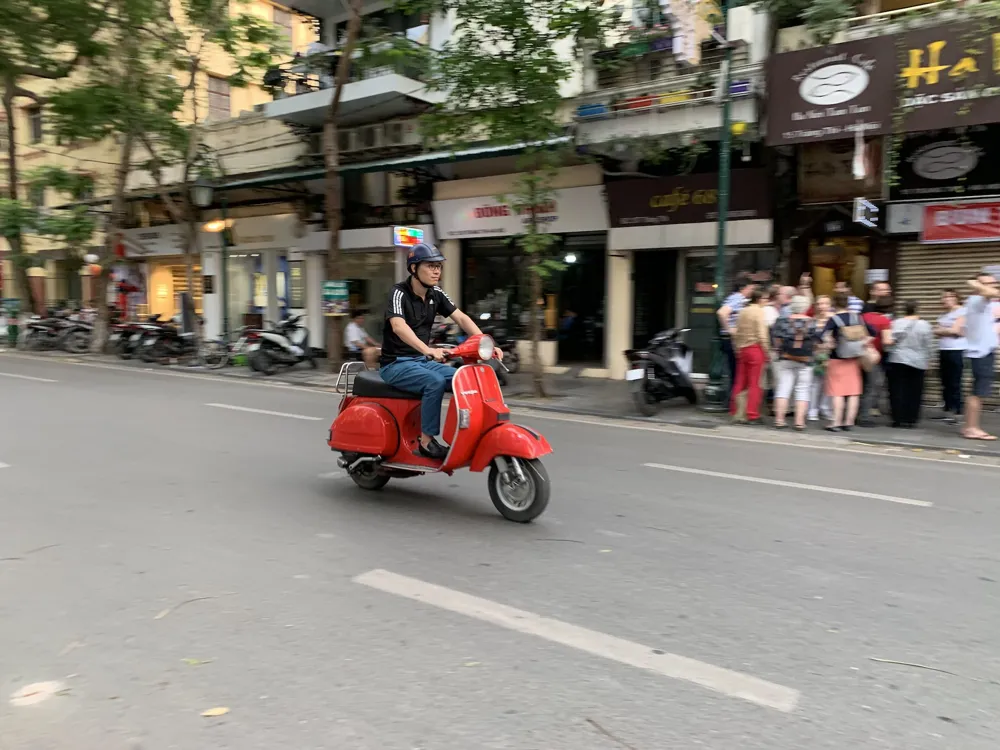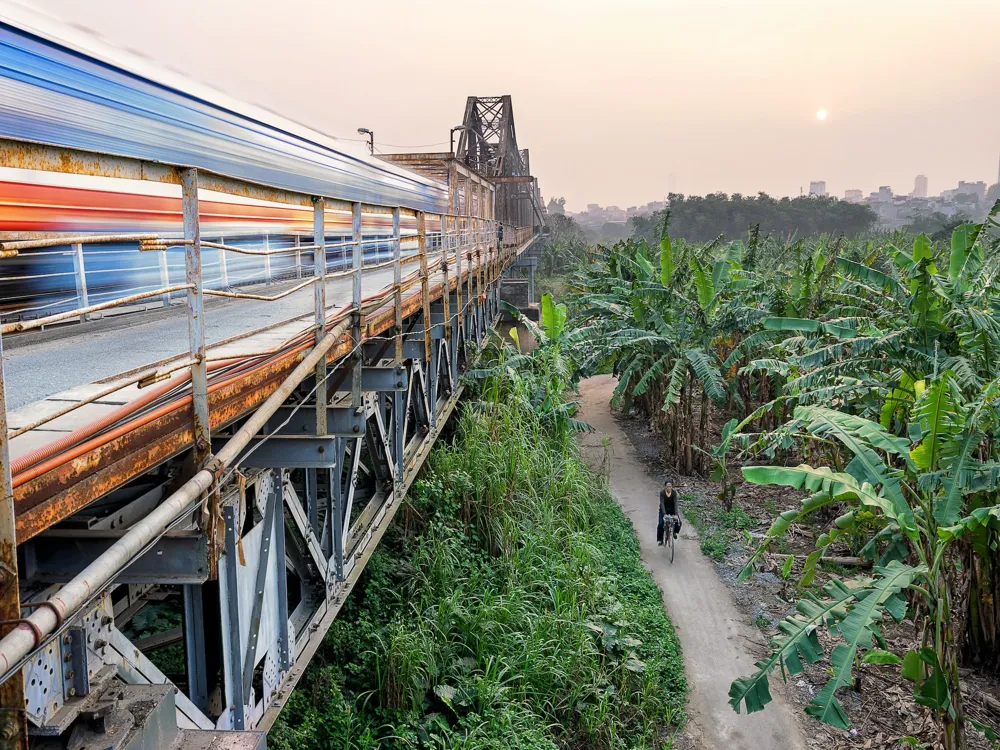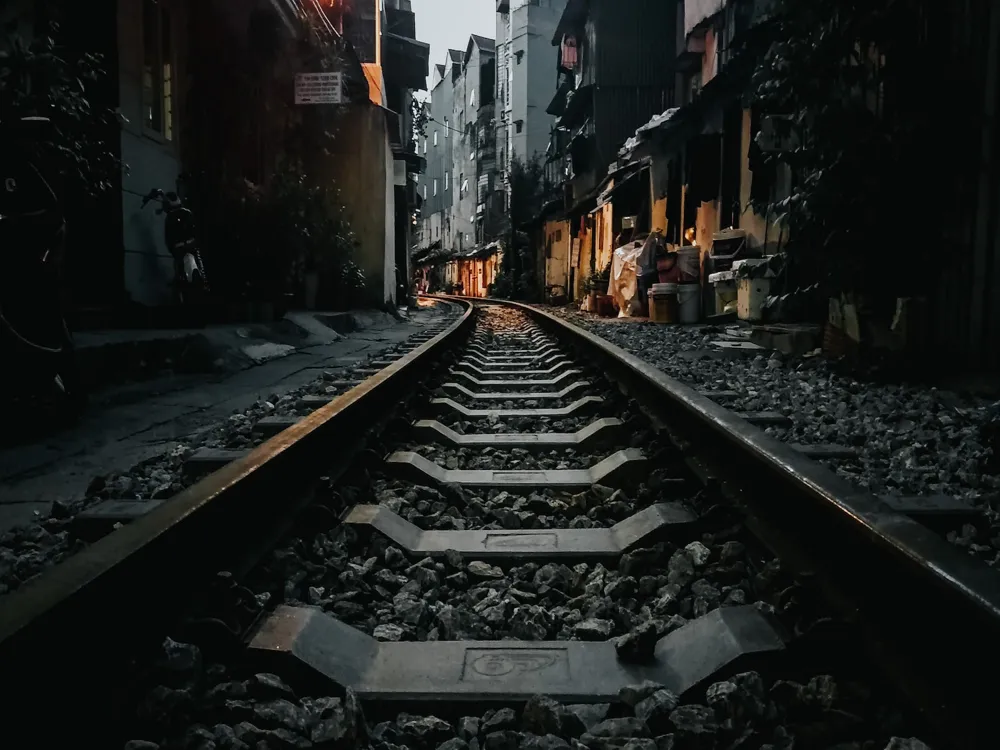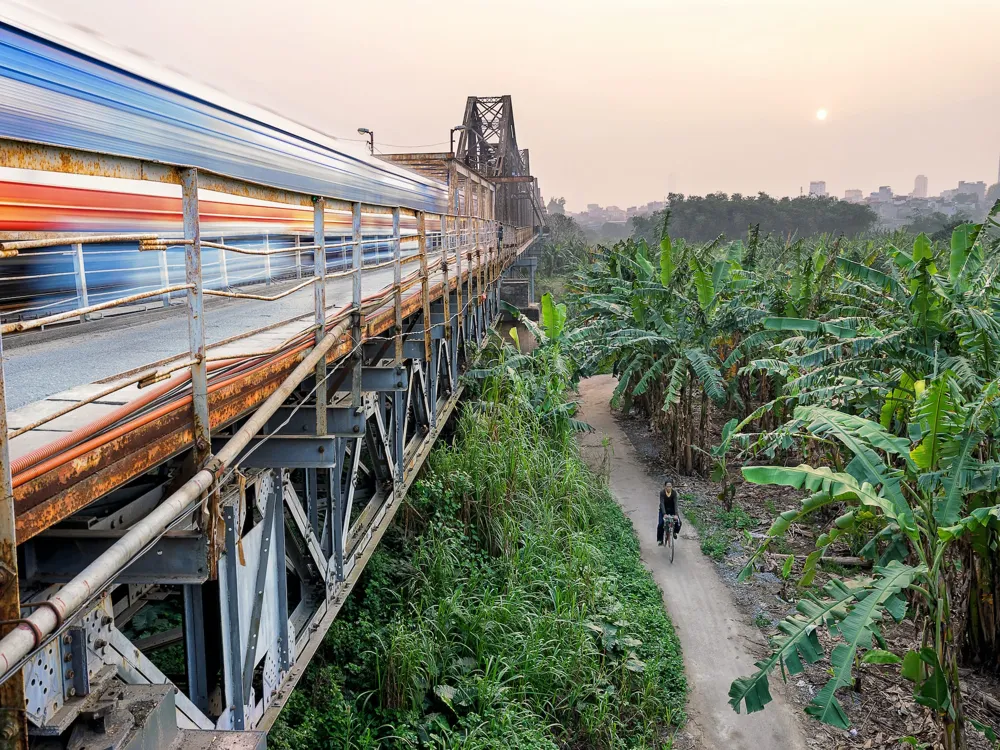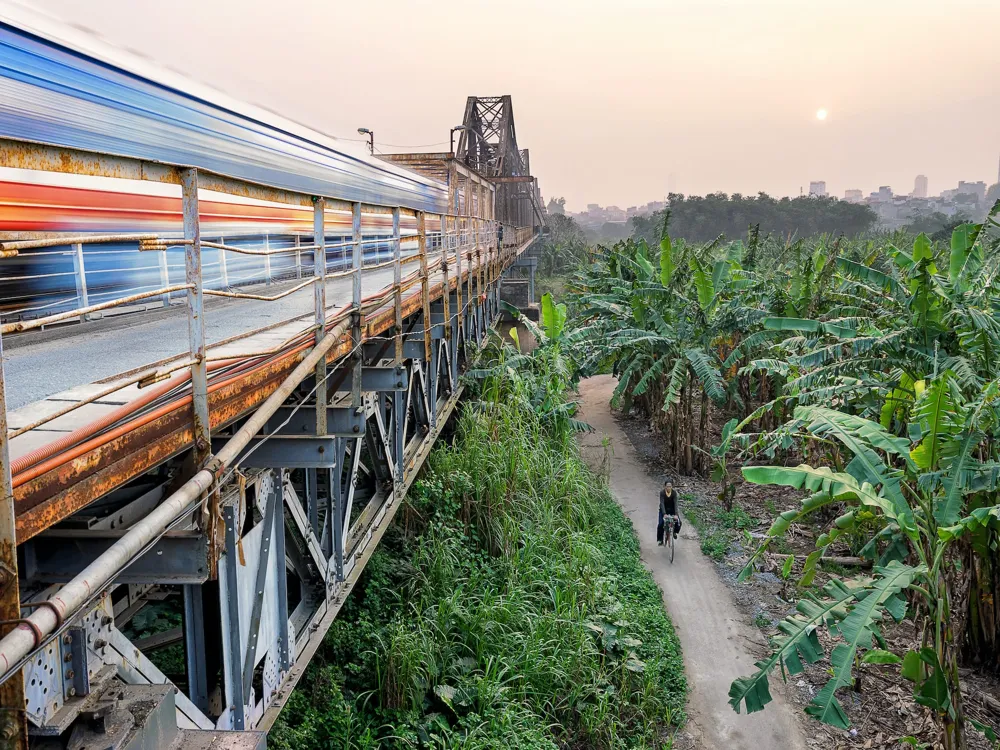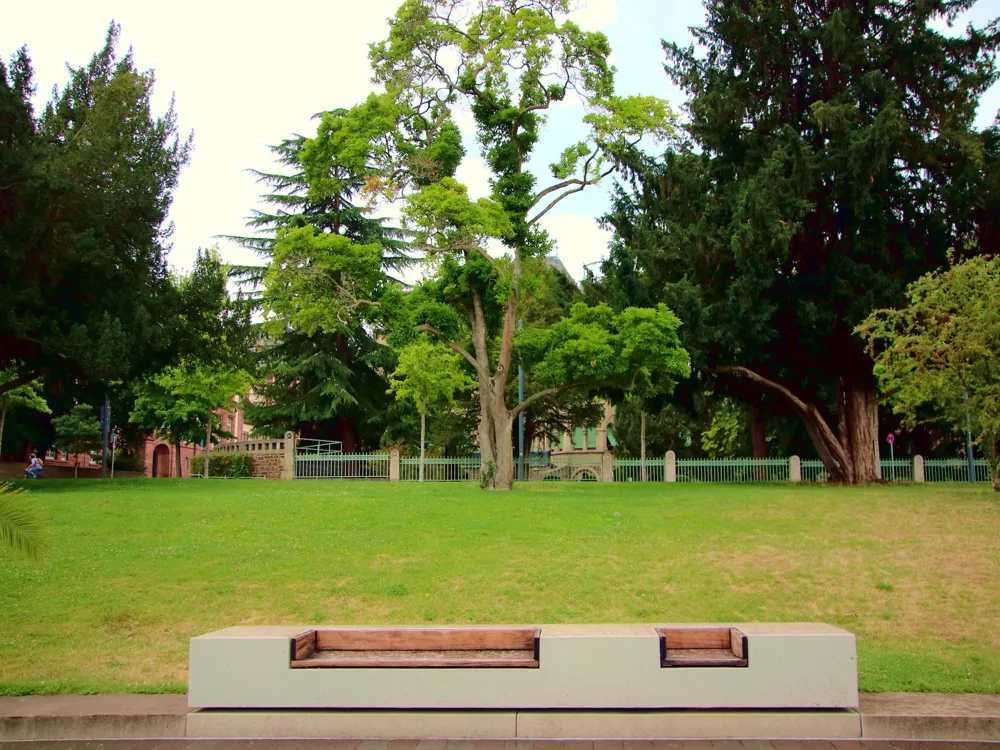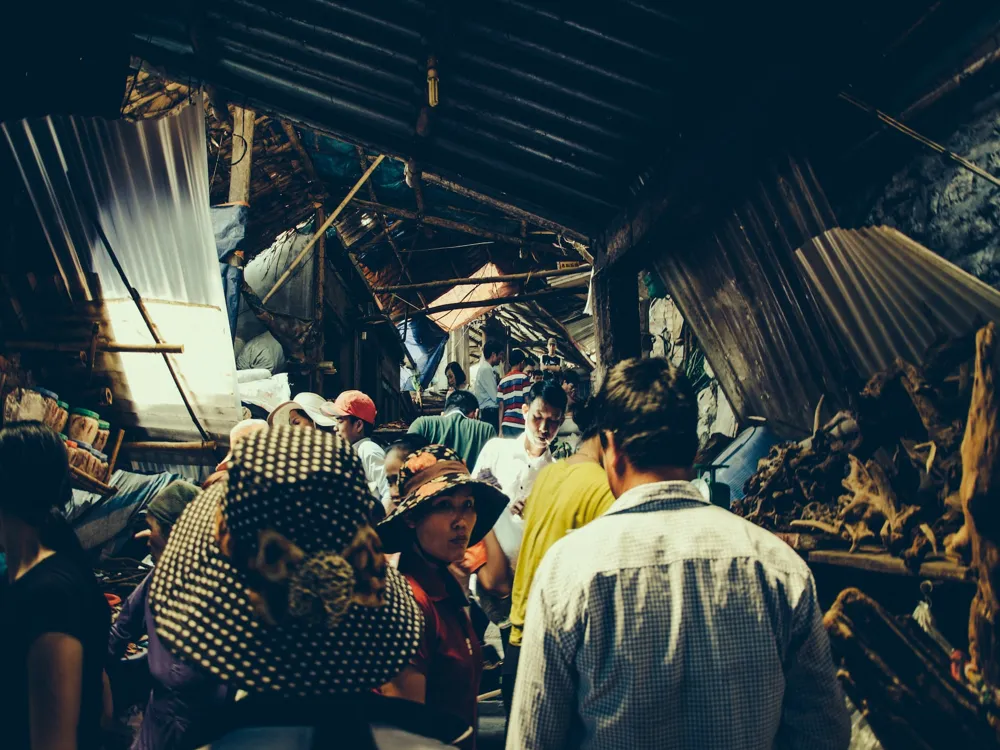Hanoi, the capital city of Vietnam, stands as a testament to centuries of rich history and cultural heritage. Nestled in the northern part of the country, Hanoi is a mesmerizing blend of traditional Vietnamese culture and modern dynamics. This city, with its millennia-long history, has been the epicenter of many political and historical events, shaping not just Vietnam, but also the Southeast Asian region. The history of Hanoi dates back to 1010 AD when it was chosen as the capital of Vietnam by Emperor Ly Thai To. This historic decision marked the beginning of Hanoi's journey as a political and cultural hub. Over the centuries, Hanoi has witnessed numerous dynasties, colonial rule, and wars, each leaving its distinct imprint on the city's identity. Today, Hanoi is not only the political capital but also a cultural and educational center of Vietnam. Hanoi's charm lies in its harmonious juxtaposition of old and new. The city's landscape is a picturesque canvas of colonial architecture, ancient pagodas, serene lakes, and bustling streets. The Old Quarter, with its narrow lanes and traditional shophouses, narrates stories of the past, while the rapidly developing skyline symbolizes Vietnam's economic aspirations. The cultural fabric of Hanoi is rich and diverse. It is home to several museums, including the Ho Chi Minh Mausoleum, the Vietnam Museum of Ethnology, and the Hanoi Opera House, each offering insights into the nation's past and present. The city's cuisine, characterized by its simplicity and flavor, is a crucial part of its identity. Dishes like Pho, Banh Mi, and Bun Cha not only tantalize taste buds but also tell tales of Hanoi's culinary history. Environmentally, Hanoi experiences a humid subtropical climate with four distinct seasons. Summers are hot and humid, winters are relatively cool and dry. This climatic variation adds to the city's allure, making it a year-round destination. The city's green spaces, like Hoan Kiem Lake and West Lake, provide a respite from the urban rush and are popular spots for both locals and tourists. The architecture of Hanoi is a vivid representation of the city's history and cultural influences. Over the centuries, Hanoi has been under the rule of various dynasties and colonial powers, each leaving its mark on the city's architectural landscape. This blend of influences has resulted in a unique architectural tapestry that embodies the spirit of Hanoi. The most prominent feature of Hanoi's architecture is its blend of indigenous Vietnamese styles with French colonial influences. The French colonized Vietnam in the late 19th century, and their architectural style is evident in many parts of Hanoi. This colonial architecture is characterized by grandiose buildings, wide boulevards, and a distinct European flair. Notable examples include the Hanoi Opera House and the Presidential Palace. Traditional Vietnamese architecture in Hanoi is best observed in its temples and pagodas. These structures are often characterized by intricate carvings, multi-tiered roofs, and vibrant colors. The Temple of Literature, a Confucian temple built in 1070, is an excellent example of traditional Vietnamese architecture. Its serene courtyards, ancient pavilions, and scholarly history offer a glimpse into Vietnam's past. Modern architecture in Hanoi reflects the city's rapid development and economic growth. The skyline is increasingly dotted with skyscrapers and contemporary structures, showcasing the city's ambition and forward-looking vision. The Lotte Center Hanoi and the Keangnam Hanoi Landmark Tower are striking examples of modern architectural prowess in the city. Despite the onslaught of modernization, Hanoi has managed to preserve its architectural heritage. Efforts have been made to protect historical buildings and urban areas, particularly in the Old Quarter, where the city's soul truly lies. This area, with its narrow streets and ancient houses, is a living museum of Hanoi's architectural and cultural history. The ideal time to visit Hanoi is during the spring (February to April) and autumn (September to November) months. During these periods, the weather is pleasant with moderate temperatures, making it perfect for exploring the city. Avoid the summer months when it's hot and humid, and the winter months can be quite cold. Hanoi's traffic is notorious for being hectic. For short distances within the city, consider walking or using a bicycle. For longer distances, taxis and ride-hailing apps like Grab are convenient and affordable. Be sure to agree on the fare before starting your trip to avoid misunderstandings. When visiting temples or pagodas, dress modestly and remove your shoes before entering. It's also important to speak softly and behave respectfully in these sacred spaces. When interacting with locals, be polite and courteous, as respect is a cornerstone of Vietnamese culture. Hanoi is famous for its street food, but it's important to eat at reputable stalls. Look for places that are busy with locals, as a high turnover means fresher food. Drink bottled water and avoid ice in drinks. Keep an eye on your belongings in crowded areas to prevent petty theft. Reaching Hanoi is relatively straightforward, thanks to its well-connected transportation system. The Noi Bai International Airport, located about 35 kilometers from the city center, is the main gateway for international travelers. It's well-connected with major cities around the world. From the airport, you can take a taxi, bus, or shuttle service to reach the city center. For those traveling within Vietnam, Hanoi is well-connected by rail and road. The Hanoi Railway Station is a major hub for trains coming from all parts of the country. Additionally, the city is accessible by long-distance buses from other major Vietnamese cities. The road network is extensive, making it convenient for those who prefer to drive or hire a private vehicle.Overview of Hanoi
Architecture of Hanoi
Tips When Visiting Hanoi
Best Time to Visit
Transportation Tips
Cultural Etiquette
Food and Safety
How To Reach Hanoi
Ngoc Son Temple
Hanoi
₹ 15,260 onwards
View hanoi Packages
Weather :
Tags : Temple
Timings : 8:00 AM - 6:00 PM
Time Required : 1 - 2 hours
Entry Fee : Adults: VND 30,000Students: VND 15,000
Planning a Trip? Ask Your Question
Hanoi Travel Packages
View All Packages For Hanoi
Top Hotel Collections for Hanoi

Private Pool

Luxury Hotels

5-Star Hotels

Pet Friendly
Top Hotels Near Hanoi
Other Top Ranking Places In Hanoi
View All Places To Visit In hanoi
View hanoi Packages
Weather :
Tags : Temple
Timings : 8:00 AM - 6:00 PM
Time Required : 1 - 2 hours
Entry Fee : Adults: VND 30,000Students: VND 15,000
Planning a Trip? Ask Your Question
Hanoi Travel Packages
View All Packages For Hanoi
Top Hotel Collections for Hanoi

Private Pool

Luxury Hotels

5-Star Hotels

Pet Friendly







